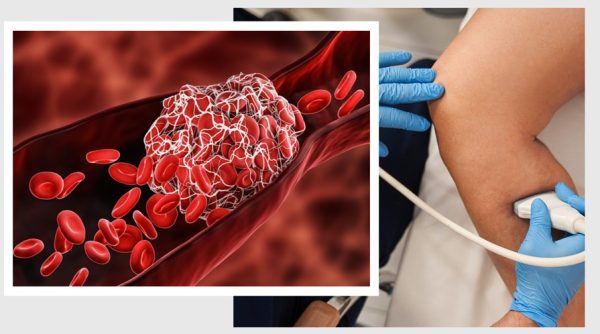
What Is Blood Clot Thrombosis? Reasons And Prevention
Do you sit for prolonged time? Do you travel a lot or do you move less and leading a sedentary life? Then you must also be aware of blood clot in your blood vessels that could be fatal. A blood clot is a gel-like mass formed by platelets and fibrin in the blood to stop bleeding. This is a normal, life-saving process when you are injured. But when clots form inappropriately inside blood vessels, they can be dangerous or even life-threatening.
What is the blood clot condition?
The medical term for abnormal or dangerous blood clotting is thrombosis. This can occur in:
- Veins -Venous thrombosis
- Most commonly: Deep Vein Thrombosis (DVT) a clot usually in the legs.
- Arteries-Arterial thrombosis
- It can lead to heart attacks or strokes if blood flow is blocked.
What happens if a clot breaks off and travels in body? This can lead to
- Pulmonary embolism (PE) – when a clot lodges in the lungs.
- Stroke – when a clot blocks blood flow to the brain.
- Heart attack – when a clot blocks a coronary artery.
Why do blood clots form abnormally?
Clots form due to a combination of three main factors (called Virchow’s Triad):
- Stasis (slowed or reduced blood flow)
- From prolonged sitting, immobility, obesity, dehydration, or poor circulation.
- Endothelial Injury (damage to the blood vessel lining)
- From trauma, surgery, smoking, or chronic inflammation.
- Hypercoagulability (increased tendency of blood to clot)
- Due to genetics, dehydration, age, hormonal changes (like birth control or pregnancy), cancer, or certain medications.
Symptoms of a blood clot
In the legs (DVT):
- Swelling (usually one leg)
- Pain or tenderness
- Red or discolored skin
- Warmth over the area
In the lungs (PE):
- Sudden shortness of breath
- Chest pain (worse with deep breaths)
- Rapid heart rate
- Coughing (possibly with blood)
In the brain (stroke):
- Sudden numbness, weakness (especially on one side)
- Confusion or difficulty speaking
- Vision problems
- Severe headache
Health tips to reduce the risk of blood clots:
1. Stay well hydrated: Aim for 6–8 glasses of water daily. Limit sugary and caffeinated drinks that may dehydrate.
2. Move regularly: Take breaks to stretch and walk every hour, especially on flights or long car rides. Daily moderate exercise (like walking or yoga) promotes good circulation.
3. Eat a heart-healthy diet: Include-
- Leafy greens (kale, Amaranthus, fenugreek, spinach – but monitor if on blood thinners).
- Omega-3 rich foods (flaxseeds, walnuts, chia seeds).
- Berries and citrus fruits – rich in antioxidants.
- Garlic and turmeric – natural blood-thinners.
4. Avoid smoking: Seek help to quit if needed. Smoking damages blood vessels and thicken blood.
5. Manage stress: Chronic stress can elevate clotting risk. Try meditation, deep breathing, or journaling.
6. Maintain a healthy weight: Reduces strain on your circulatory system.
7. Regular health checkups: Monitor blood pressure, cholesterol, and glucose. If you have a condition like AFib, DVT, or diabetes, follow your doctor’s plan closely.
8. Be aware of medications: If taking hormone therapy, birth control, or certain cancer drugs, discuss clotting risks with your doctor.
9. Prevent travel-related clots: Wear compression stockings on long trips. Stay active and hydrated.
Why is it important to act fast? Blood clots can block blood flow to vital organs, causing permanent damage or death if not treated quickly.
Image credit: www.cdc.gov https://www.cdc.gov/blood-clots/media/images/Testing_and_Diagnosis.jpg
Author: Sumana Rao | Posted on: June 4, 2025
« Potassium Rich Food Help To Lower Blood Pressure Ladies, Hip Pain During Menopause Could Be Due To Gluteal Tendinopathy »









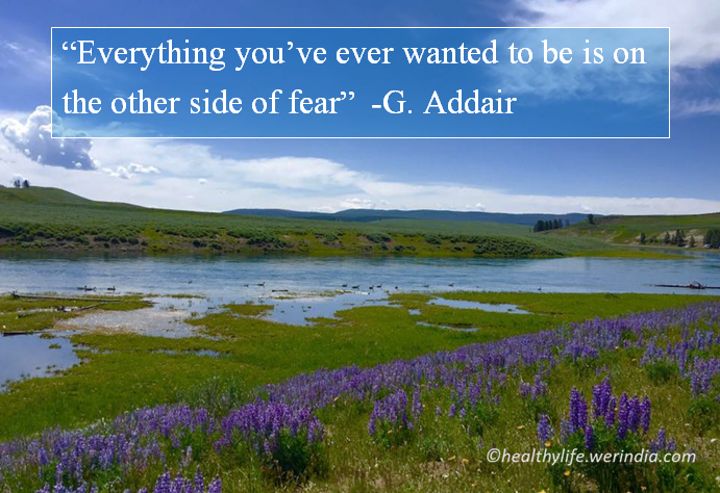




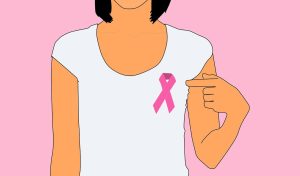



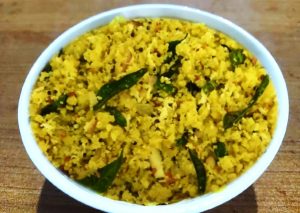

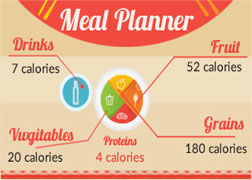
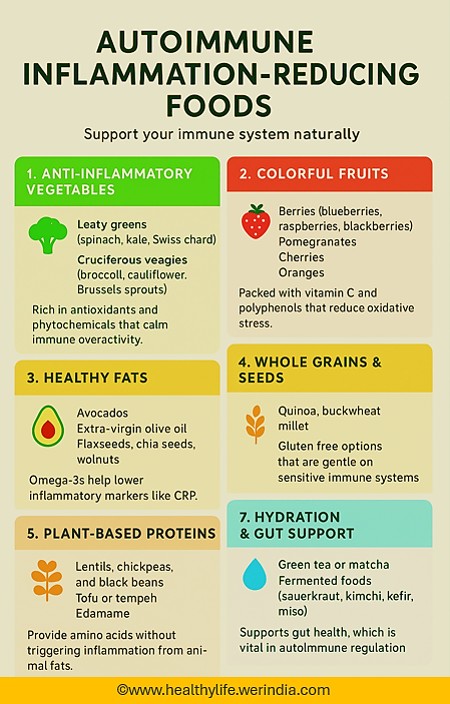
Write a comment